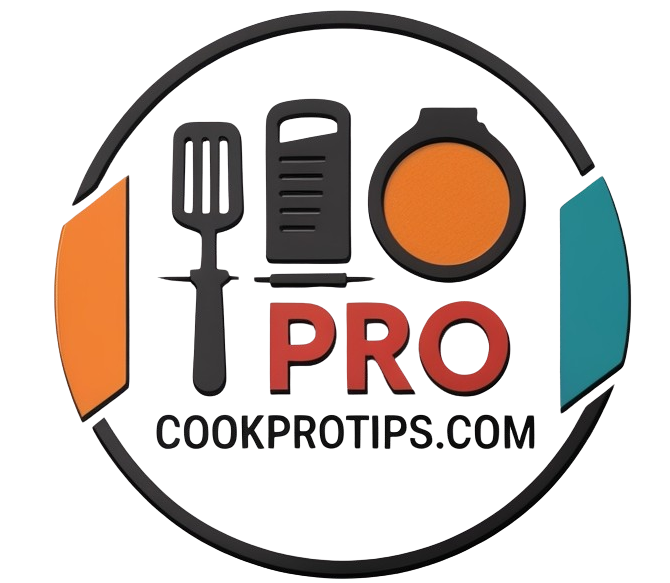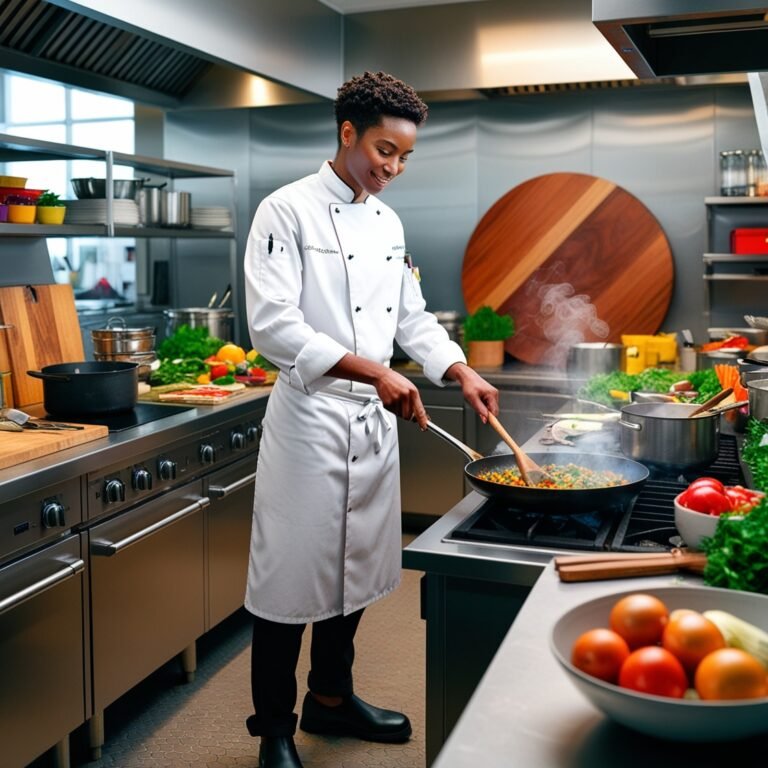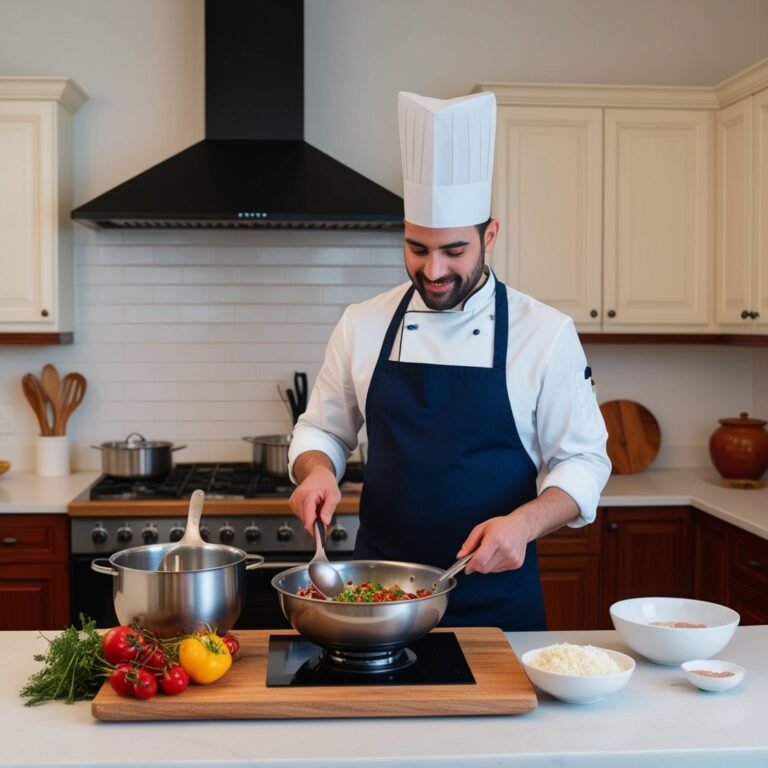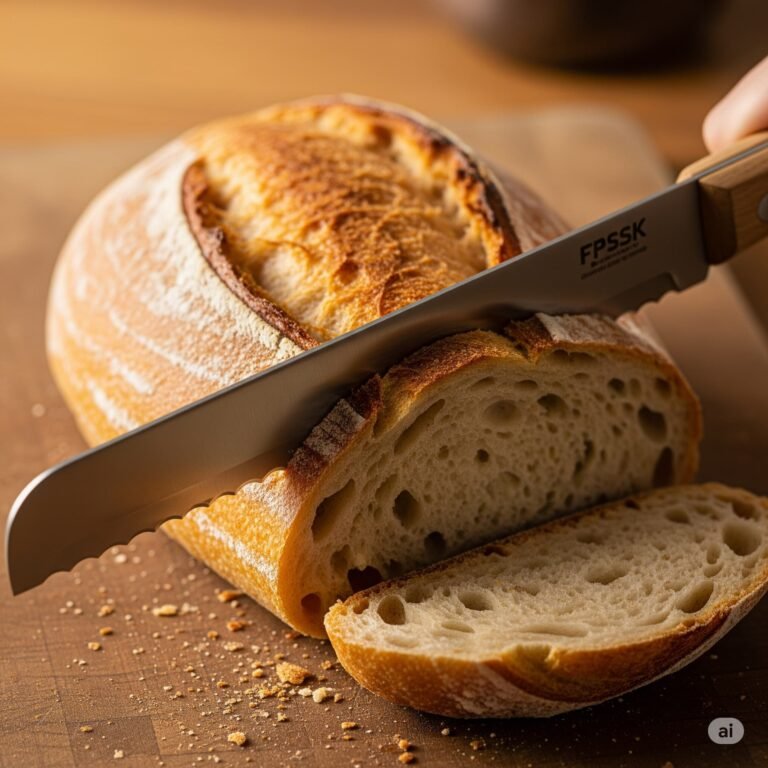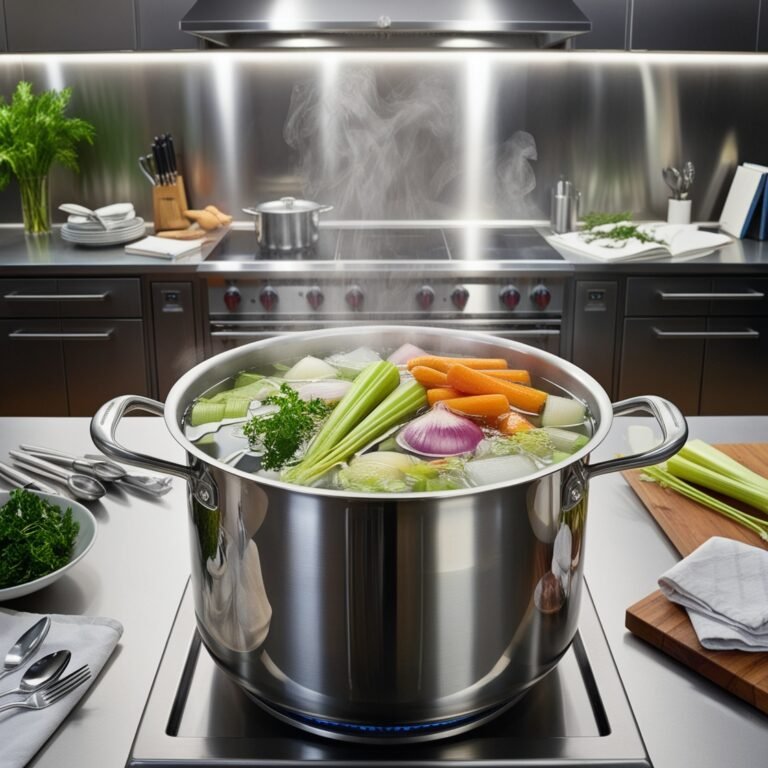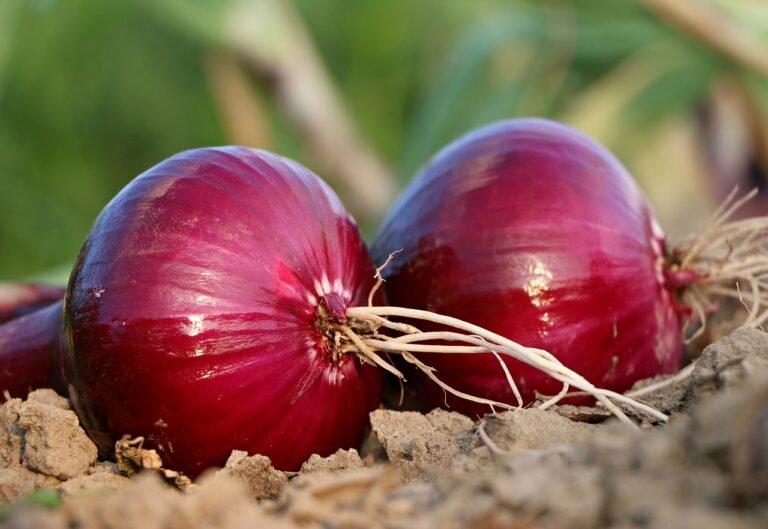How to Properly Hold and Use a Chef’s Knife?
Understanding the Anatomy of a Chef’s Knife
The chef’s knife, often considered the cornerstone of culinary tools, features several key components that contribute to its effectiveness and balance. The blade, typically ranging from 6 to 12 inches in length, is designed for versatility, making it suitable for a wide array of food preparation tasks. The shape of the blade allows for rocking motions during chopping, enhancing efficiency and control.
Integral to the knife’s structure is the bolster, a thick junction between the blade and the handle. This section provides stability and a seamless transition, ensuring a secure grip while cutting. The bolster’s weight also adds balance, contributing to the knife’s overall handling. Conversely, on a straight blade, the spine runs along the top edge, providing structural integrity. A thicker spine signifies a sturdier knife, suitable for tougher tasks such as chopping dense vegetables or small meats.
The handle is another critical component, as it directly affects the ergonomic comfort of the knife. Chef’s knives can have handles made from various materials, including wood, plastic, or composite materials. A well-designed handle should allow for a comfortable grip while minimizing fatigue during extended use. Users pay attention to the handle’s shape and texture, as these factors can significantly alter one’s control and leverage when slicing or dicing ingredients.
Moreover, chef’s knives come in various styles, such as the traditional European chef’s knife, the Japanese gyuto, and the Chinese cleaver, each with distinct characteristics. Variations in blade length and handle design can significantly influence grip and usability, catering to different cooking styles and preferences. Understanding these components allows chefs, both amateur and professional, to select the right tool tailored to their cooking needs.
Grip Techniques for Enhanced Control
Understanding how to properly hold a chef’s knife is essential for both novice and experienced cooks. The grip directly influences the control and precision of cutting tasks. There are several grip techniques that can be employed, two of the most notable being the pinch grip and the handle grip.
The pinch grip offers a high level of control and stability. To use this technique, grasp the blade of the knife with your thumb and the side of your index finger, pinching it just above the handle. This enables a clearer line of sight for precision cutting while keeping the other fingers wrapped comfortably around the handle. The pinch grip allows the knife to become an extension of your hand, enhancing dexterity and control during intricate tasks such as dicing and chopping.
Conversely, the handle grip is a more traditional technique where the knife is held entirely by the handle with the palm enveloping the grip. This method is often favored for tasks that require strength, such as slicing through thicker vegetables or meats. While this grip provides adequate control, it may limit the precision found in the pinch grip. However, it effectively minimizes wrist strain during extended periods of cutting, which can be beneficial during long cooking sessions.
Additionally, hand positioning is crucial to maintaining safety and efficiency while using a chef’s knife. Proper alignment of fingers away from the blade when executing cuts can prevent accidental injuries. Visual aids, such as diagrams, can be instrumental in illustrating these grips and their respective finger placements to ensure safety in the kitchen.
Ultimately, mastering the various grip techniques is pivotal for anyone seeking to improve their knife skills. Each method offers distinct advantages, and experimenting with different grips can lead to enhanced cutting techniques and a more enjoyable culinary experience.

Essential Cutting Techniques for Culinary Success
Mastering essential cutting techniques is a fundamental aspect of culinary success for any home cook. Among these methods, chopping, dicing, and julienning stand out as essential skills that enhance both the presentation and texture of ingredients. Each method offers unique advantages in food preparation, requiring a clear understanding of execution.
To begin with, chopping is a versatile technique ideal for larger pieces of vegetables and herbs. Start by holding the chef’s knife with a firm grip, ensuring that your index finger and thumb are positioned on the blade for added control. Curl your fingers of the other hand, resting them on the food to create a secure grip. With your knife at a slight angle, make swift up-and-down motions, allowing the blade to do most of the work while maintaining a consistent rhythm.
Next, dicing involves cutting the ingredient into uniform cubes, promoting even cooking and aesthetic appeal. Begin by chopping the ingredient into strips and then turning it to create crosswise cuts. It is crucial to maintain an appropriate knife angle to avoid undue pressure, which could compromise safety and efficiency. Remember to rotate your food to make the process easier and more manageable.
Julienning is particularly useful for creating thin strips, often seen in stir-fry dishes or salads. To julienne, cut the vegetable into even slices first, then stack and slice them again into thin strips. Keep a keen eye on maintaining uniformity, as this ensures consistent cooking times and enhances visual appeal.
Incorporating the right posture while cutting is essential. Keep your back straight, and ensure that your cutting board is at a comfortable height. Avoid common mistakes, such as using excessive force or chopping too quickly, which can lead to uneven cuts and potential accidents. By practicing these techniques, home cooks will find themselves not only cutting efficiently but also enjoying a more satisfying cooking experience.
Safety Tips and Maintenance for Your Chef’s Knife
Using a chef’s knife is an essential skill in the culinary arts; however, safety should always be a priority. One of the most critical aspects of knife safety is ensuring that your knife is kept sharp. A dull knife can lead to accidents as it requires more force to cut through food, which increases the risk of slipping and causing injury. Regularly honing and sharpening your chef’s knife will not only make your cutting tasks more efficient but also maintain safety in the kitchen.
When using a chef’s knife, always employ a designated cutting board. This prevents damage to both the knife blade and your countertops while providing a stable surface for cutting. Choose a cutting board made from durable materials such as wood or plastic, and ensure it is clean and dry before use. Additionally, adopting a proper grip and hand positioning can significantly reduce the chance of accidental injury. Make sure to tuck your fingers onto the non-cutting hand while holding the ingredient, using your knuckles as a guide for the blade.
Maintenance of your chef’s knife extends beyond sharpening. After each use, clean the knife thoroughly using warm soapy water. Avoid placing it in the dishwasher, as the high heat and movement can damage the blade and handle. Instead, dry the knife immediately to prevent rust and corrosion. For long-term storage, consider utilizing a knife block, magnetic strip, or protective sheaths, which not only safeguard the blade but also minimize the risk of accidental cuts when reaching for the knife.
By following these safety tips and maintenance practices, you will create a safer cooking environment and extend the life of your chef’s knife. Proper care and attention will contribute to a more enjoyable cooking experience while enhancing your culinary skills.
